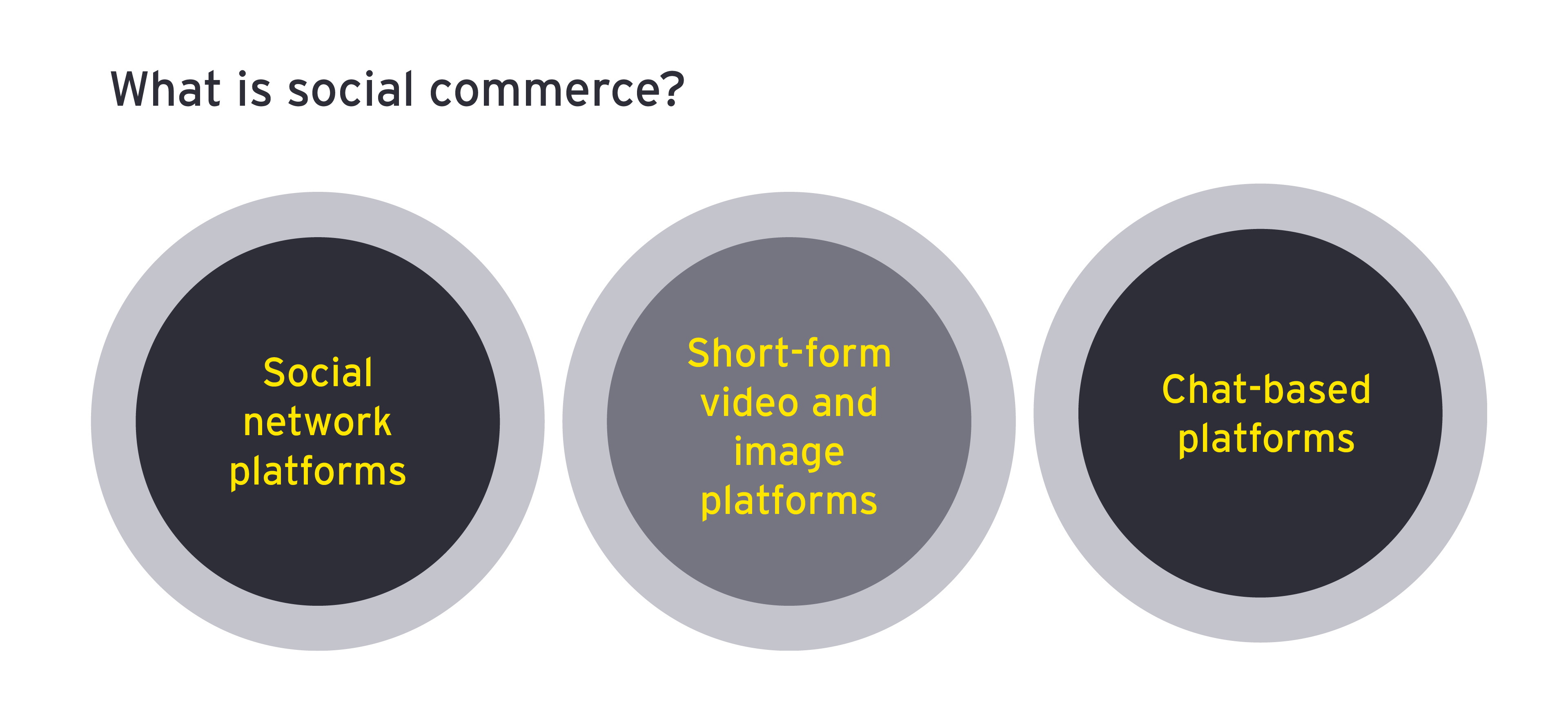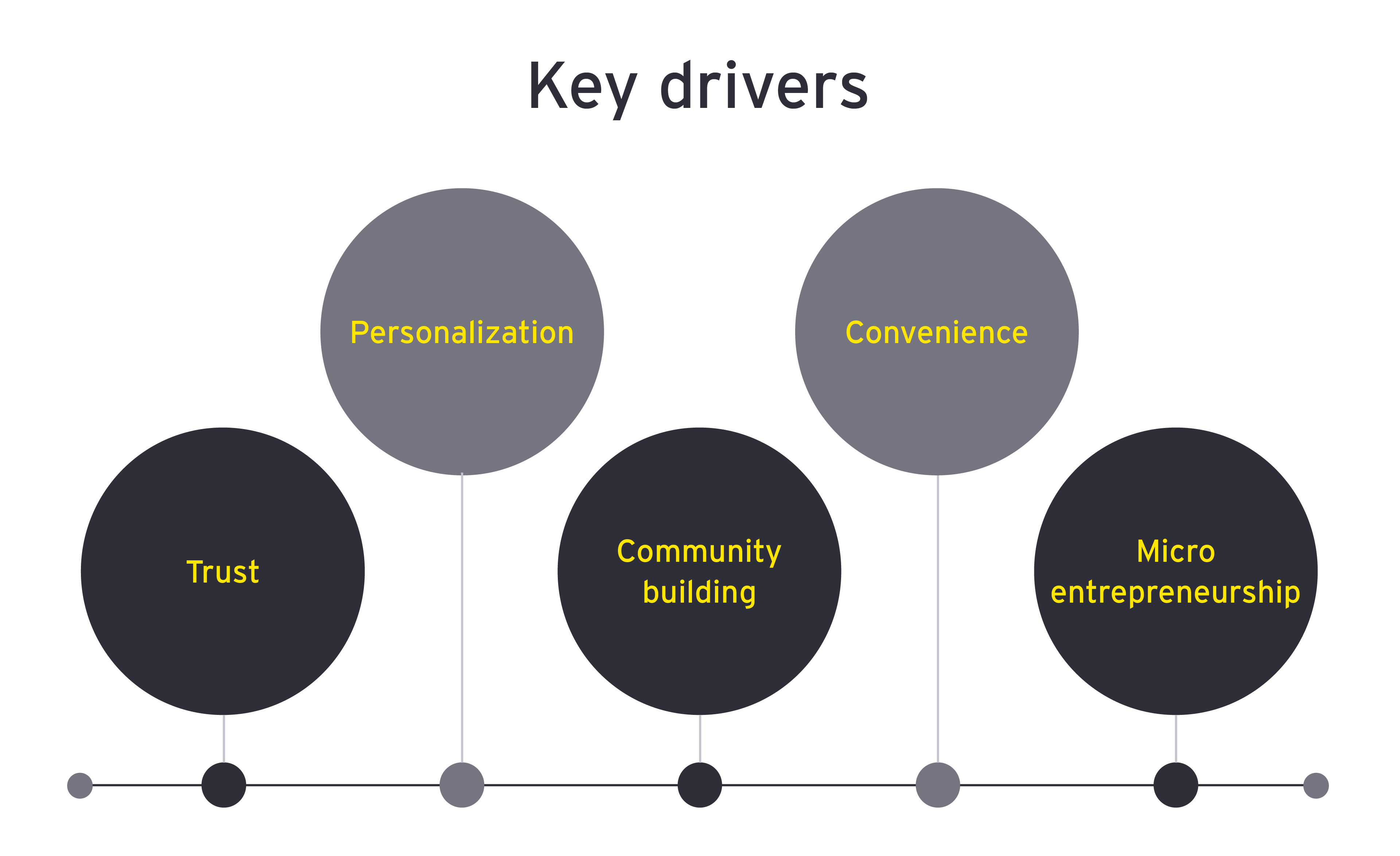In a country where a mere 23% of women6 are in the formal workforce, becoming a social reseller is an attractive option for a large number of women. The added household income and the increased sense of self- worth are strong motivators for becoming a social reseller. Men are also joining in large numbers to supplement their existing income. Students are taking to social selling to supplement their pocket money. Many mom and pop shop owners are also becoming social resellers to offer their customers more choice at no investment.
With clear benefits for all involved, social commerce appears to be set to pave the path to the next big jump in e-commerce in India. A bumpy logistics infrastructure and product quality control poses some challenges that will need to be overcome. But right now, the next 500 million Indians seem to be extremely eager to explore the dazzling variety of products popping up on their WhatsApp and Facebook screens.
Investor interest in the space
One of the most appealing aspects for investors in social commerce is the low cost of customer acquisition. Most e-commerce startups are crippled by this customer acquisition cost given the extremely competitive market. Since social commerce uses existing social media platforms that already have a significant user base and trust-based influencers, they can bring down the cost significantly.
There are big bets being placed on this segment as Indians increase their time spent online. With the digital way of life becoming more mainstream, social commerce channels have a massive appeal both in terms of customer base as well as providing a platform to individuals who have a desire to be entrepreneurs but have limited means of doing so. It also helps addressing one of the biggest challenges for people not transacting online in India, i.e., trust. This trust factor also helps business metrics such as low return rate of goods.
Social commerce companies also help/incentivize small-scale seller (mostly arising from tier 2 cities and beyond) not only to get onto the platform and help increase sales but also the need in the small-scale industry to improve catalogue management, distribution, payment management and logistics, which can further lead to a growth spurt in the sector.
Outlook
While e-commerce brought in the first wave of online customers, it is expected that discovery-driven shopping in social commerce rather than search-based shopping is will bring in the next wave.
Social commerce in India is still in its nascent stages and shows great promise of growth. This form of commerce brings in a natural cohesion of both social media and online shopping. With social media platforms witnessing exponential growth in India, the amount of time spent on it provides more opportunities for product discovery and a more personalized experience.
As the hunger for content increases, so do the new and innovative ways for monetization. While historically a large part of the business is in apparels, going forward there will be an expansion into other segments as well; companies will look to add more category options in the hands of the resellers, including building private label offerings.







